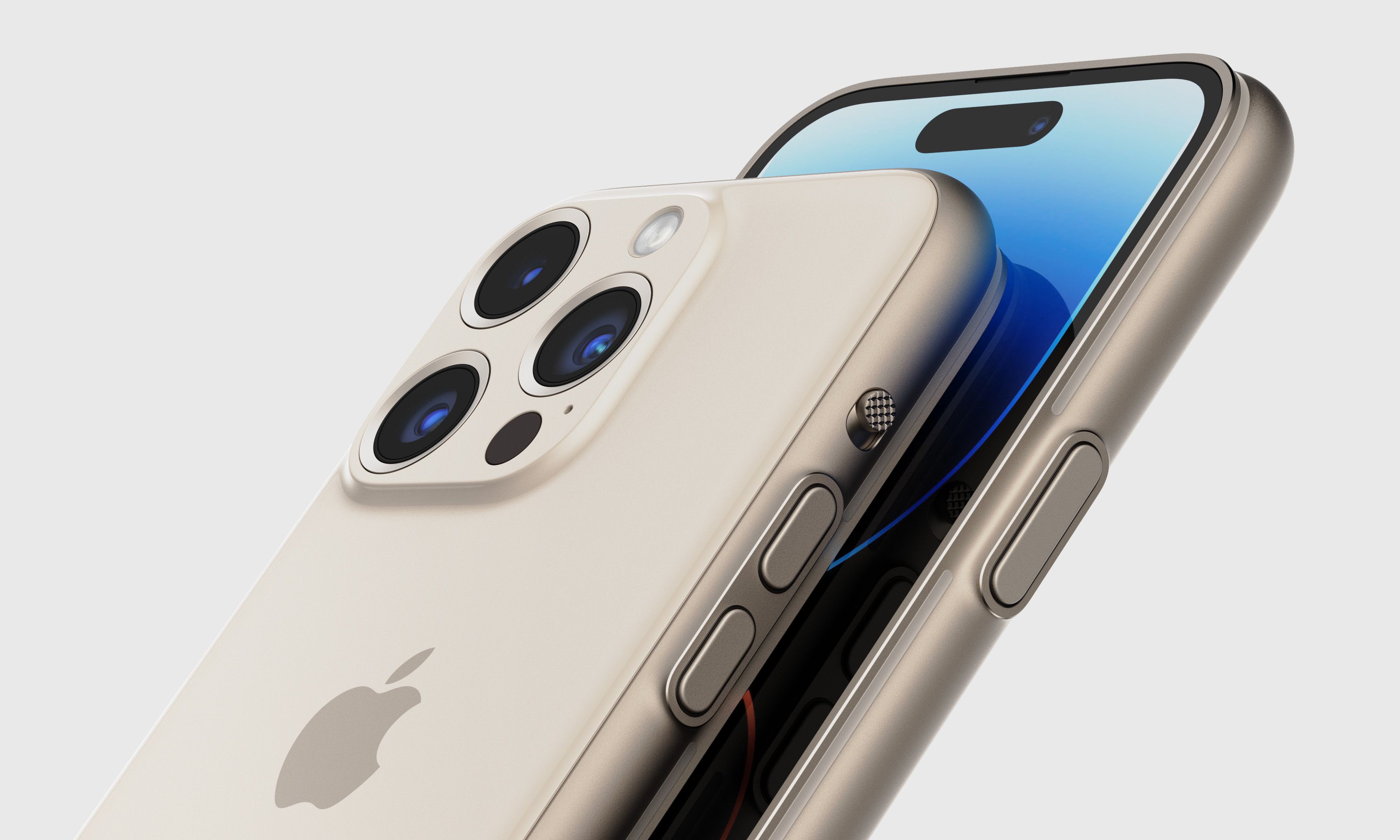I think you're right. I can't believe Nvidia thinks the market is moving towards $1500 GPUs! For those who buy their own dedicated GPUs, Jay Langevin from JayzTwoCents argues that most people are buying $200-$300 graphics cards. But as you said, Apple thinks iGPUs are the future. And there's good reason.I would say Apple is chasing specs but based on their on product visions and needs. Apple likely planned for yearly refreshes of the Mac AS SoC, much like the iPhone SoCs, but the pandemic likely threw a big spanner into the works.
Many advocating that Apple release a SoC to rival what AMD/nVidia/Intel have is asking Apple to skate to where the puck is. The world is moving increasingly into the mobile space, and devices are getting smaller. That is where the puck is moving to. AMD/nVidia/Intel's strategy does not allow Apple to go where the world is moving to. I don't see the trio having solutions that can power a personal device like the rumoured Apple Glass without also carrying a heavy battery in your backpack.
I don't think Apple's management is going to go into a pissing contest.
Apple is the largest gaming console maker in America today. In 2021, Sony sold 17 million PlayStation 5’s, Microsoft sold 9 million Xboxes, and Nintendo sold 8 million Switches. That same year, Apple shipped more than 240 million iPhones, 7 times more than the other console makers combined.
Apple’s technological strategy has been to use iGPUs on their phones’ SoCs, along with Metal 3’s graphical features, upscaling among them. Apple has extended this strategy to their other computers, both to their laptops and to their small form factor desktop computers.
With Apple having found so much success in the console gaming market and iGPUs, it is unlikely they will devote R&D to dedicated GPUs and traditional high-end hardware.




